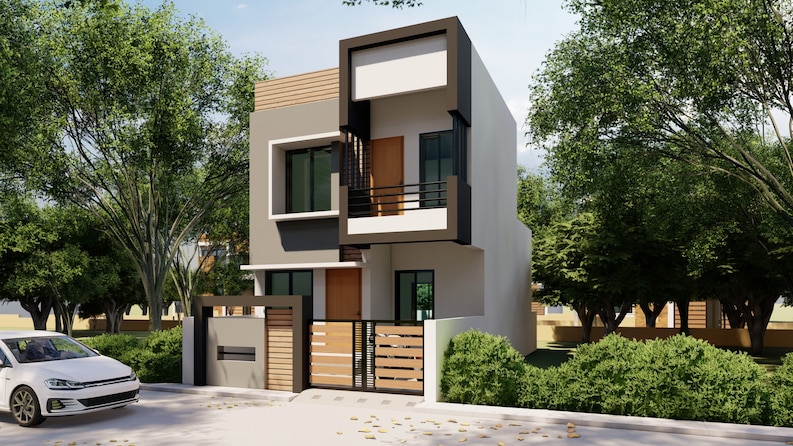
EXTERIOR AND LANDSCAPE
In an era where sustainability is becoming increasingly important, incorporating eco-friendly practices into our everyday lives, including our landscape design, is crucial. Creating a sustainable and eco-friendly exterior not only reduces our environmental impact but also provides a beautiful and healthy outdoor space. In this blog post, we will explore practical tips and ideas for designing an eco-friendly landscape that promotes biodiversity, conserves resources, and contributes to a healthier planet.
One of the fundamental principles of sustainable landscaping is the use of native plants. Native plants are adapted to the local climate and require less water, fertilizer, and maintenance. They also provide habitats for local wildlife and help preserve biodiversity. Research which native plant species thrive in your area and incorporate them into your landscape design.
Creating cozy seating areas: Learn how to design comfortable and inviting outdoor seating areas, whether it's a patio, deck, or a secluded corner of your garden.
Outdoor kitchens and dining spaces: Explore ideas for integrating outdoor kitchens and dining areas, perfect for entertaining guests and enjoying meals in a picturesque setting.
Incorporating play areas: If you have children, discover ways to incorporate play structures, swings, and other elements to encourage outdoor play and exploration. Healthy soil is the foundation for a thriving landscape. Follow these practices to improve soil health and fertility:
Composting: : Create a compost pile to recycle organic waste, such as kitchen scraps and yard trimmings, into nutrient-rich compost that can be used to enrich the soil.
Mulching: : As mentioned earlier, organic mulch not only conserves water but also decomposes over time, enriching the soil with organic matter. Avoid chemical fertilizers: Instead of relying on synthetic fertilizers, use organic alternatives like compost, organic matter, and natural amendments to nourish your plants.When designing hardscape elements like pathways, patios, and retaining walls, opt for sustainable materials with minimal environmental impact:
Reclaimed or recycled materials: Consider using reclaimed bricks, stones, or recycled composite materials for your hardscape projects.
Permeable surfaces: Install permeable pavers or gravel to allow rainwater to penetrate the ground instead of creating runoff, reducing water pollution.
A sustainable landscape supports local wildlife and promotes biodiversity. Here are a few ways to achieve this: Create wildlife habitats: Incorporate bird feeders, birdhouses, and nesting boxes to attract and provide shelter for birds and beneficial insects.
Install a small pond: A water feature can attract frogs, dragonflies, and other aquatic creatures, adding to the biodiversity of your garden. Plant native flowers: Choose nectar-rich flowers that attract pollinators like bees, butterflies, and hummingbirds, contributing to the overall ecosystem.
Designing a sustainable and eco-friendly landscape is not only an environmentally responsible choice but also a rewarding experience that can enhance the beauty and functionality of your outdoor space. By incorporating native plants, practicing water conservation, optimizing soil health, using sustainable materials, and encouraging wildlife and biodiversity, you can create a landscape that harmonizes with nature and contributes to a healthier planet for generations to come. Let's join hands in creating a greener and more sustainable future, one landscape at a time.
